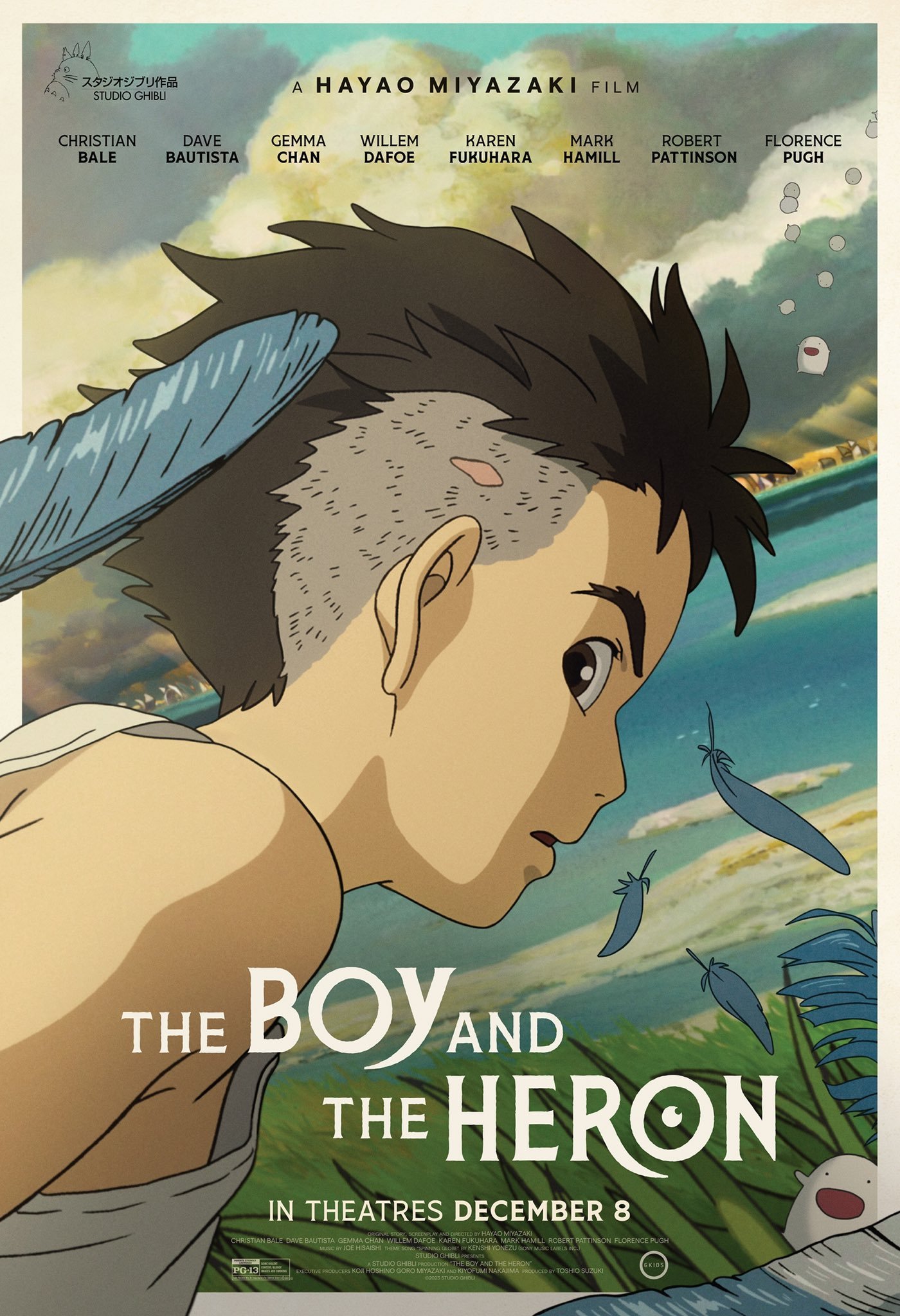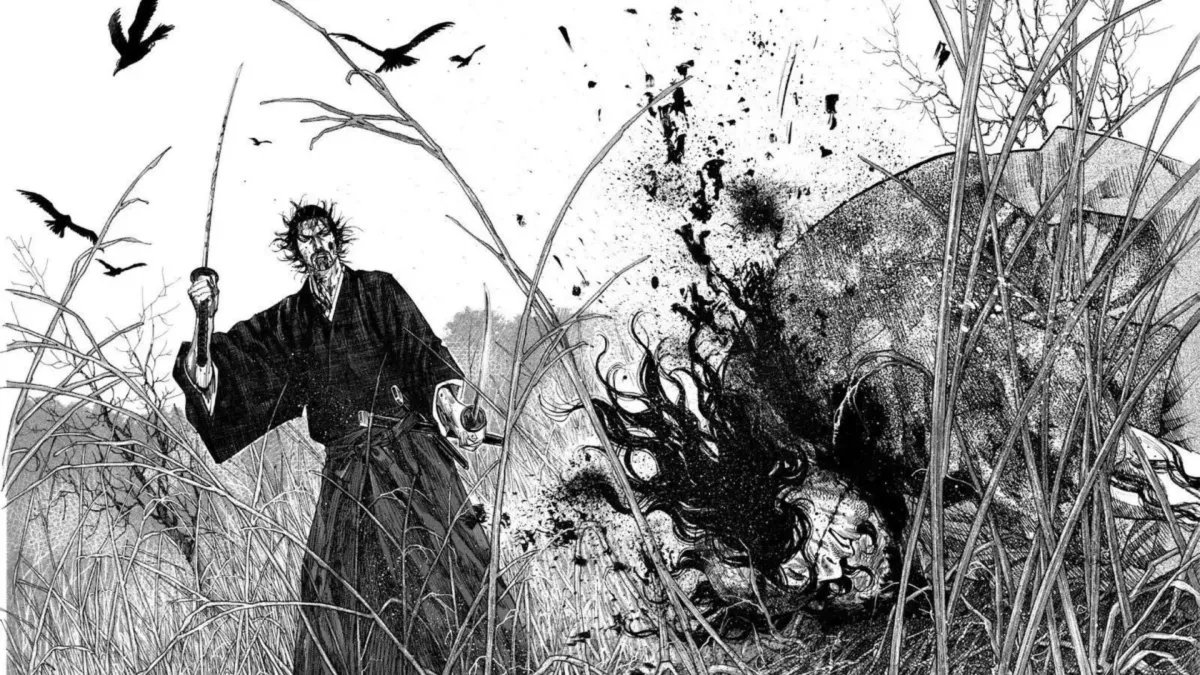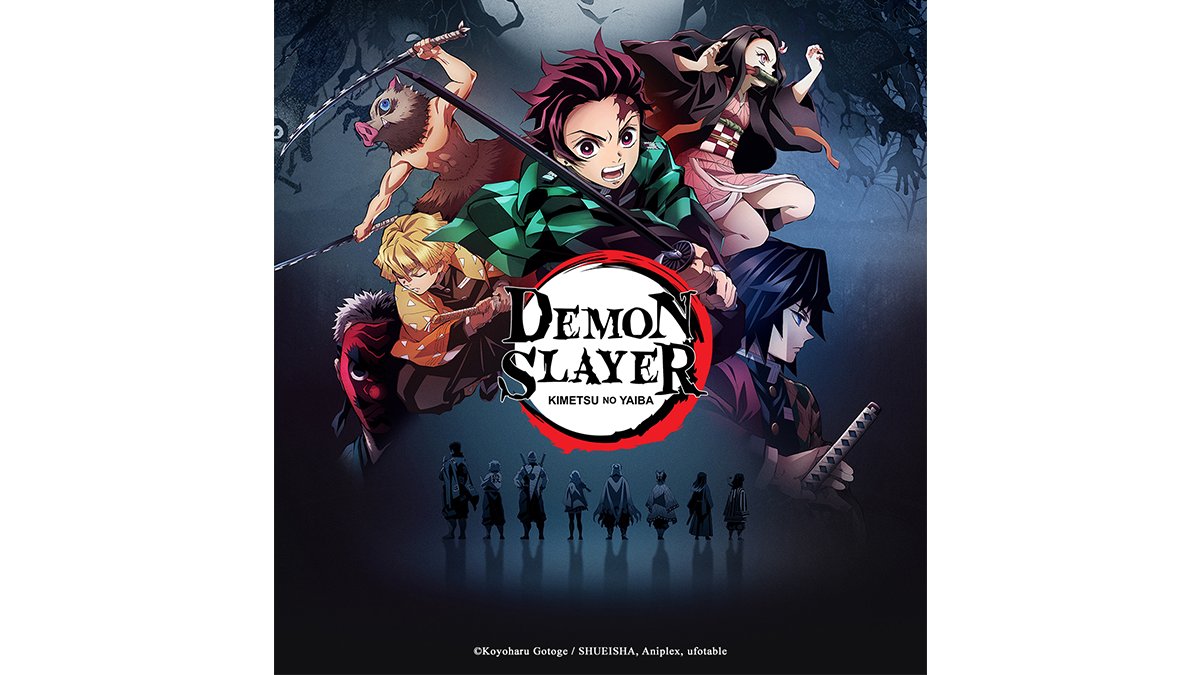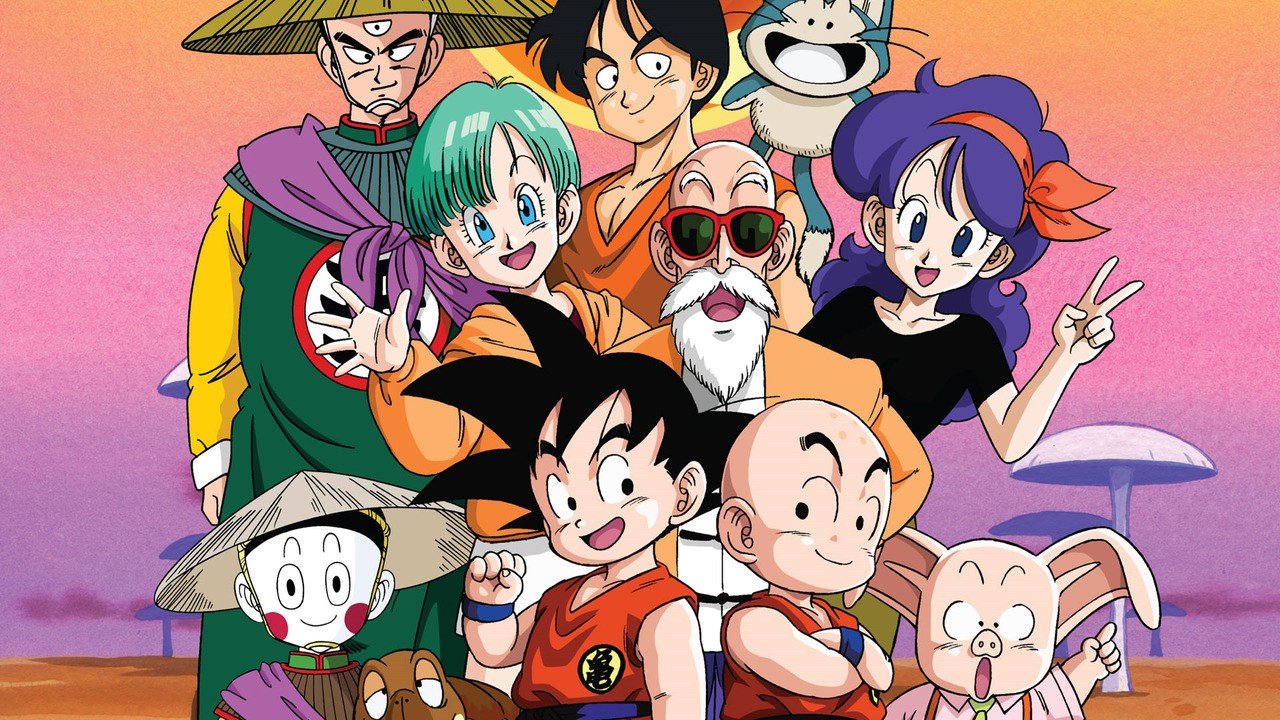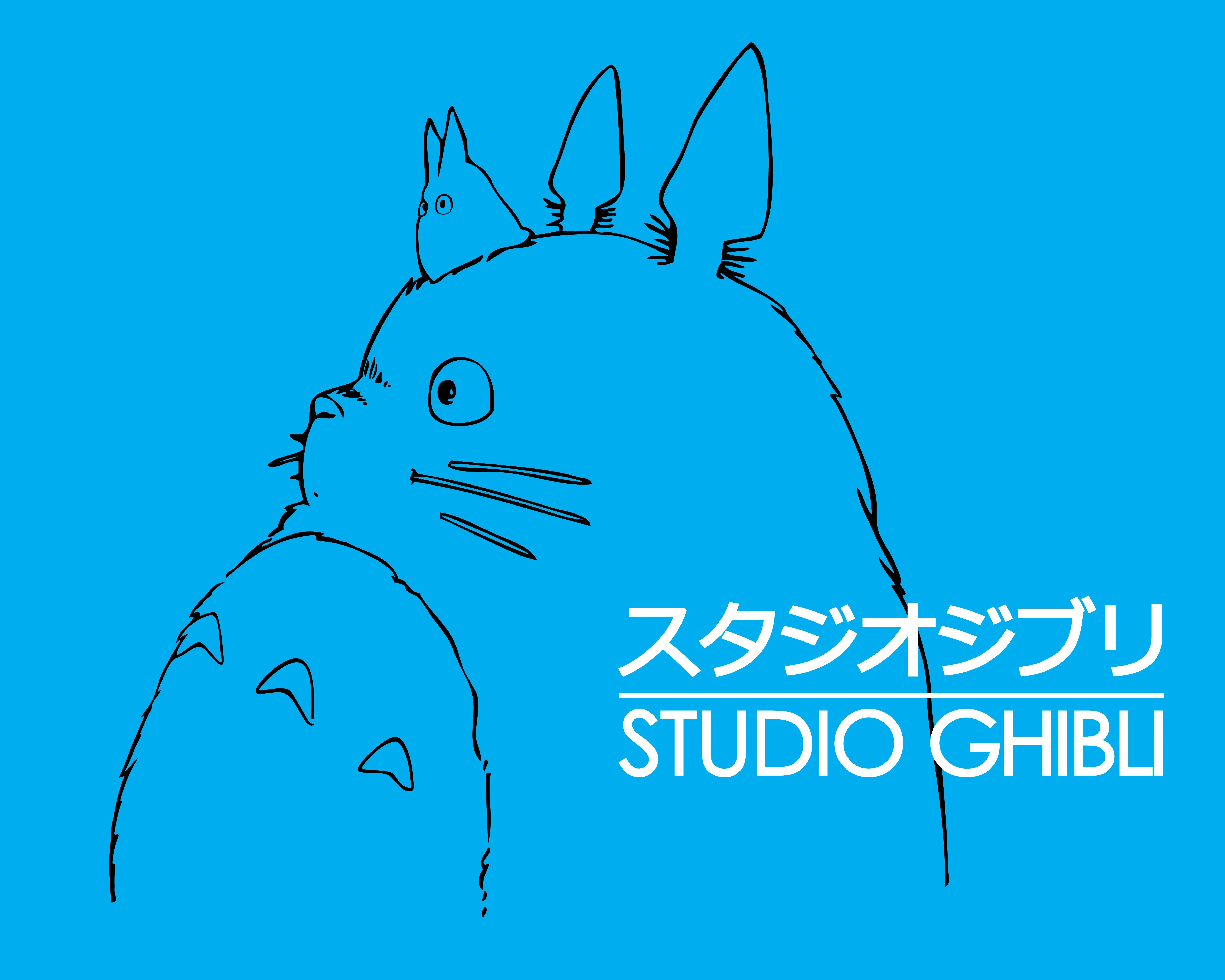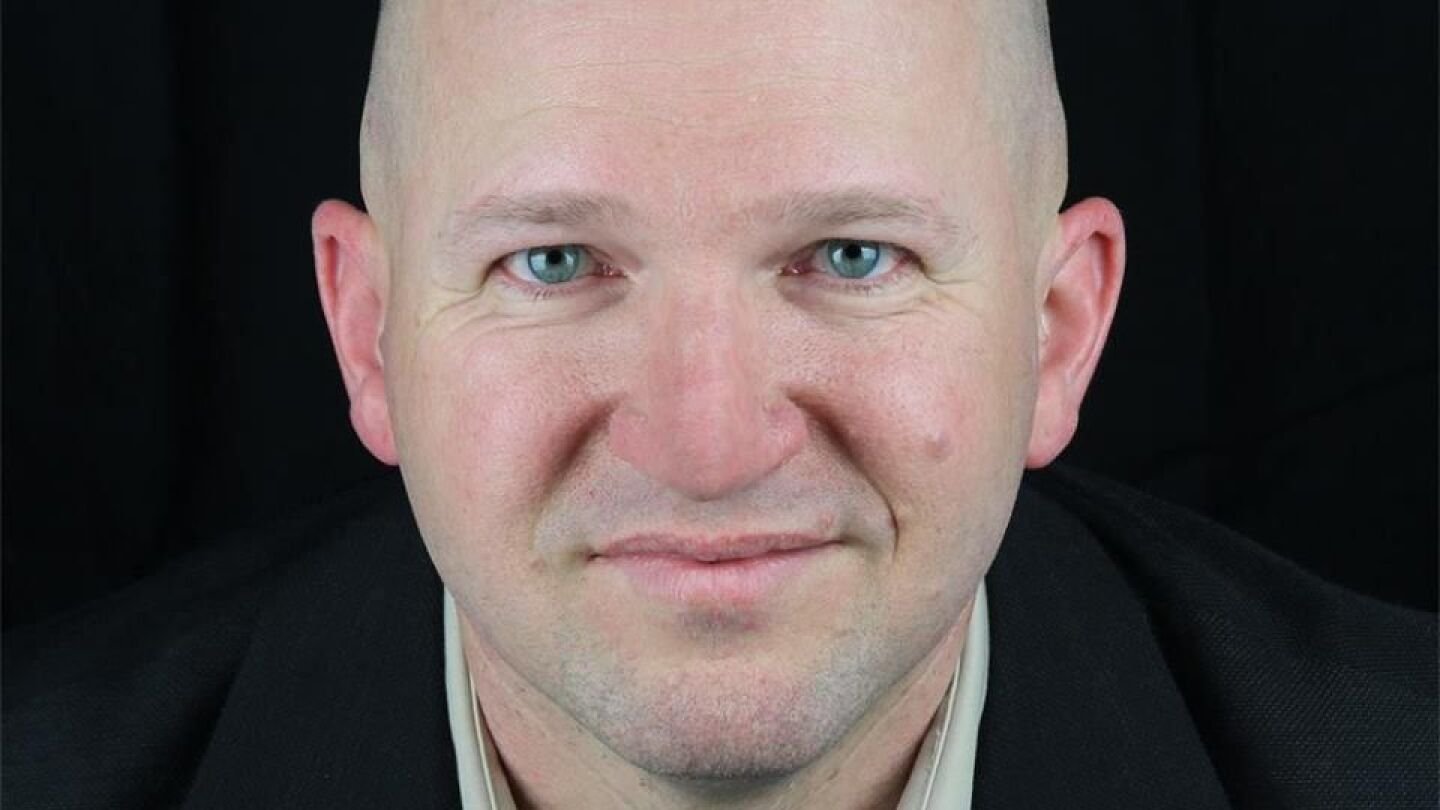Hayao Miyazaki’s decision to direct The Boy and the Heron (2023) was a major event for the anime world. After a decade-long career filled with acclaimed films, Miyazaki had retired from Studio Ghibli in 2013, making his comeback for this new project both surprising and deeply personal. His internal struggle over the decision was documented in recent art books and internal memos, opening a unique window into his state of mind as he faced his own doubts and growing older. This film, released on July 14, 2023, stands as a pivotal moment in Ghibli’s history, reshaping conversations around Miyazaki and the studio’s legacy.
The Legacy of Hayao Miyazaki and Studio Ghibli
Studio Ghibli has become one of the most influential studios in animation, known for its iconic and emotionally rich films. Hayao Miyazaki co-founded the studio in 1985, following his earlier work on Lupin the Third: Castle of Cagliostro (1979). Together with Isao Takahata, Miyazaki established a creative powerhouse that would redefine modern anime.
The studio’s early classics, like Laputa: Castle in the Sky (1986), My Neighbor Totoro (1988), and Kiki’s Delivery Service (1989), set a new standard for storytelling and artistry. Ghibli’s signature style includes lush hand-drawn animation and fantastical stories rooted in both Japanese folklore and global themes. Over time, the Ghibli brand became synonymous with quality and innovation.
Throughout his career, Miyazaki directed several films that earned both critical praise and commercial success. Landmark titles such as Princess Mononoke (1997), Spirited Away (2001), and Howl’s Moving Castle (2004) showcased his unique vision. Spirited Away famously won the Academy Award for Best Animated Feature, a first for a non-English film.
The legacy of both Miyazaki and Studio Ghibli is built on emotional depth, environmentalism, complex characters, and a distinct visual style. Their movies resonate across generations, making Ghibli a household name both in Japan and internationally. The studio’s influence can be seen in everything from children’s books to mainstream Hollywood animation.
Miyazaki’s Retirement and Comeback Dilemma
Miyazaki officially retired from filmmaking in 2013 after completing The Wind Rises, stating that the physical demands had become too much as he aged. He had retired before, but this time insisted he was finished for good, wanting to leave a legacy of strong work behind him. Ghibli even began to focus on other projects, unsure if another Miyazaki film would happen.
In 2016, rumors began to circulate that he was reconsidering retirement. Despite his public statements, Miyazaki found it difficult to step away from animation. According to memos later published, he felt frustrated and “pathetic” thinking about coming back, aware the world, and even some colleagues, might view another return as a sign of weakness or indecision.
His inner debate revolved around the risks of returning to a demanding art form. Miyazaki was concerned that he might not have the energy or old spark that made his earlier films special. Yet, the urge to create and tell new stories was stronger than his doubts, eventually leading him to take on The Boy and the Heron.
In the world of animation, directors often come out of retirement, but for someone as iconic as Miyazaki, this decision drew special scrutiny. Many fans feared his next project could tarnish his legacy if it failed to live up to previous work, while others were overjoyed and eager to see one more film from the master himself.
Inspiration Behind The Boy and the Heron
Miyazaki’s choice to direct The Boy and the Heron stemmed from deeply personal feelings and a desire to tell a new story despite doubts about his age. The concept was inspired, at least in part, by Miyazaki’s reflections on life, family, and mortality – themes that resonate in much of his later work.
While specific plot details were kept under wraps for much of production, early reports and interviews revealed that Miyazaki wanted the film to explore the complexities of growing older, dealing with the passage of time, and the relationships that define us. The film weaves fantasy and reality to present a coming-of-age story that also acts as a meditation on loss and hope.
Sources close to Ghibli reported that Miyazaki drew from personal memories, including his relationship with his son and reflections on his own childhood. The resulting film is both nostalgic and introspective, designed to appeal to audiences young and old but with an honesty that reflects his own stage of life.
Miyazaki often uses fantastical elements to explore serious themes. In this sense, The Boy and the Heron fits right in with his earlier classics, continuing Ghibli’s tradition of blending the magical with the everyday.
The Memo: Miyazaki’s Thoughts on Aging and Filmmaking
The internal Studio Ghibli memo, dated July 1, 2016, is now a key document for fans and scholars studying Miyazaki’s later career. In this memo, Miyazaki openly wrestles with the idea of making another film, acknowledging,
“It is indeed pathetic for a man who has announced to the world that he is done, citing his age as the reason, to push his luck once more.”These words reflect his self-doubt and fear of how others would perceive his return to directing.
The memo also shows Miyazaki’s frankness. He wasn’t afraid to admit that his age might stand in the way of completing a film, and worried about negative outcomes if his health failed during production. This transparent approach to leadership and creativity has been rare in the animation industry, where directors often conceal doubts or struggle privately with the demands of the job.
At the same time, the memo reveals his ongoing passion for animation. While Miyazaki considered it “pathetic” to return, he could not let go of his desire to create. This internal conflict is a running theme in his late-career interviews and writings, and one that resonates with many creative people facing the end of their professional lives.
Sharing these thoughts in an official memo was unusual for Miyazaki and Studio Ghibli, shedding new light on his openness about aging. It offers a rare look at the personal vulnerability of a director whose public image often emphasizes strength and perfectionism.
Studio Ghibli’s Reaction to Miyazaki’s Return
Studio Ghibli was both cautious and supportive as Miyazaki returned to direct The Boy and the Heron. Ghibli had adjusted to his retirement, with other directors and animators rising to the fore. The announcement of Miyazaki’s comeback was met with a mix of excitement and apprehension within the studio walls.
The internal memos revealed that some staff were worried about starting such a big project with Miyazaki’s age as a factor. There were practical concerns, such as whether production would be disrupted if he fell ill, and if the studio could cope with unfinished work. Nevertheless, Ghibli’s team respected Miyazaki’s vision. Many were eager to work with him again, feeling that the chance to collaborate was worth the risks.
After the official announcement, Studio Ghibli fully committed to the project. Animators old and new returned to contribute, and the studio reassembled its resources to support Miyazaki. This enthusiasm underscored how much respect Miyazaki commands at Ghibli, even as new generations of talent emerge.
Miyazaki’s leadership style has always involved direct involvement and attention to detail. For this project, that hands-on approach proved essential, helping unite the team and focus their efforts on producing a film worthy of the Ghibli legacy.
Challenges Faced During Production
Making The Boy and the Heron was not without challenges, especially given Miyazaki’s age and the high expectations surrounding his return. Production was drawn out, partly because of Miyazaki’s meticulous standards and partly due to pandemic-related disruptions in the later stages.
As he grew older, Miyazaki took longer to produce storyboards and approve designs. The pressure to deliver another classic weighed heavily on the team. Any delays became more stressful as everyone knew that any health issue for Miyazaki could put the entire film at risk. These challenges tested both the stamina of the director and the patience of his crew.
Staff members described the production as high-pressure but also rewarding. Many had worked with Miyazaki on earlier projects, but several younger animators were experiencing his demands for the first time. The intergenerational mix contributed to the creative process, though it also led to different working styles and opinions.
The uncertainty around the project’s completion was compounded by the secrecy Ghibli often maintains around its new films. Most details about the story, cast, and even the animation style were kept tightly controlled, increasing both hype and anxiety around the project’s outcome.
Miyazaki’s Fears of Illness and Mortality
Miyazaki was keenly aware of his own mortality while working on The Boy and the Heron. The internal memo captures this fear, mentioning the possibility of falling ill or passing away before finishing the movie. This fear wasn’t just personal – he worried about how his absence would affect Studio Ghibli itself.
The risk of a project being left incomplete haunted both Miyazaki and his co-workers. He felt a strong sense of responsibility, not wanting to leave a burden on his studio or the younger animators he mentored. Miyazaki’s anxiety about aging and health was reflected in his thorough involvement at every stage of production, from the drawing board to post-production.
The film’s story, with its themes of life and death, is closely tied to Miyazaki’s own feelings at this stage of his career. For many, this gave The Boy and the Heron an added depth and authenticity. The fear of not seeing the project through only pushed him to work harder and, in some ways, brought a greater emotional power to the final product.
Miyazaki’s honesty about mortality is rare among top filmmakers. This willingness to confront aging and death makes his last projects resonate more deeply, connecting with older viewers and those who have followed his long career since the earliest days of Studio Ghibli.
The Boy and the Heron’s Place in Ghibli’s Legacy
The Boy and the Heron instantly became a key part of Studio Ghibli’s filmography when it was released in July 2023. As the first new feature in a decade by Miyazaki, it drew massive attention from critics, industry insiders, and global audiences alike.
The film carries forward core Ghibli themes such as imagination, family, and the passage of time. Fans and critics alike noted how it bridges the studio’s early works with the sensibilities of a director reflecting on his own life. For a generation that grew up with Ghibli films, it stands as both a culmination and renewal of the studio’s enduring vision.
While comparisons to past hits like Spirited Away and My Neighbor Totoro are inevitable, The Boy and the Heron carves out its own place by being more personal and contemplative. It highlights how Studio Ghibli is still willing to take creative risks, led by a master willing to revisit old doubts and new ideas alike.
The film’s success had a revitalizing effect on the studio, reassuring fans that Ghibli can continue to innovate while respecting its history. The legacy of Ghibli films is now even more intertwined with Miyazaki’s own life story, making his “comeback” movie a defining chapter in the studio’s future.
Public Perceptions of Miyazaki’s “Pathetic” Statement
Miyazaki’s memo, in which he called his return to directing “pathetic,” sparked a wide array of responses from both fans and commentators. Some saw his words as unnecessarily harsh, interpreting them through the lens of Japanese culture, where humility and self-critique are highly valued. Others read the statement as a brave admission of vulnerability by an admired artist.
In social media discussions and news coverage, many argued that Miyazaki’s honesty was refreshing. Fans appreciated his willingness to talk about his fears and insecurities, seeing it as proof of his dedication. Rather than diminishing his reputation, the statement seemed to endear him even more to supporters around the world.
A few critics raised concerns about the pressures placed on elder creators in the animation industry. Miyazaki’s words fueled conversations about how age is perceived in Japanese business and creative circles, where stepping away is often seen as permanent and returning may carry stigma.
Also Read
Vagabond Definitive Edition Manga: Huge Discounts and Exclusive Details at Amazon
Ultimately, Miyazaki’s comments became part of the film’s story, adding a layer of human drama to the production. Fans and new viewers alike were drawn to the very real struggle behind the creation of The Boy and the Heron, making the finished film feel even more significant and meaningful.
Critical and Fan Reception of The Boy and the Heron
When The Boy and the Heron finally debuted, it was welcomed by widespread anticipation and a wave of critical attention. Reviews emphasized the film’s maturity and emotional impact, highlighting how Miyazaki’s personal touch made it resonate more than ever.
Fans of Studio Ghibli praised the movie for maintaining the studio’s trademark beauty while pushing into new territory. Some reviews pointed out its slower, more introspective pace, noting how it defied easy categorization compared to his earlier films.
Award circuits quickly took notice, with The Boy and the Heron earning nominations and wins at several international film festivals. Its unique mix of fantasy, realism, and raw emotion marked it as one of the year’s most important animated films. The response showed that, even with doubts and age-based challenges, Miyazaki could still deliver work of global significance.
Also Read
Japan’s Strategy to Sustain Its Anime Leadership Amid Rising Global Competition
Online communities lit up with analysis and fan art, further cementing the film’s reputation. Many said that it grew on them with each viewing, pointing to a subtlety and craftsmanship that encouraged repeat watching. While it may not have been as instantly iconic as some earlier Ghibli films, it found a firm and respected place in the canon.
How Miyazaki’s Age Shaped the Film
The experience and perspective Miyazaki brought to The Boy and the Heron as an older director are evident throughout the movie. His work on the film was closely affected by the realities of aging, both physically and emotionally.
Specific scenes and story arcs reflect themes of loss, legacy, and the challenge of starting anew late in life. Audiences and critics alike remarked on the depth and honesty Miyazaki brings to the portrayal of older characters and the passage of time. This perspective lends the film a gravitas and reflection unique in the Ghibli catalog.
Miyazaki’s age also shaped the way the film was made. The production process slowed as he worked more cautiously, paying even closer attention to detail. There was a sense among the staff that these extra touches were important, as this might be Miyazaki’s last work and every frame mattered.
Also Read
Dragon Ball Marks 40th Anniversary With Exclusive Box Set Release
Rather than shying away from the subject, Miyazaki used his personal doubts and life experience as direct inspiration. The result is a movie that speaks not only to children and families but also to older viewers and anyone confronting life’s uncertainties.
The Future of Studio Ghibli After The Boy and the Heron
With the release of The Boy and the Heron, Studio Ghibli faces new questions about its identity and direction. Miyazaki’s return has provided a boost in morale and interest, but he has again stated an intent to step away from feature filmmaking.
The studio is at another crossroads, relying on legacy as well as nurturing younger creators. Several projects are now reportedly in development, led by directors who came up through Ghibli under Miyazaki’s mentorship. The challenge will be to maintain the studio’s signature quality and originality in a world where animation styles and audience tastes are evolving.
Industry watchers are keen to see if Studio Ghibli can continue producing standout works without its founding figure at the helm. The success of The Boy and the Heron proves that Ghibli remains a cultural force, but underscores the importance of passing knowledge between generations.
Fans hope the studio will honor Miyazaki’s legacy while also embracing fresh ideas. The world will be watching every step as Ghibli writes its next chapter after this deeply personal film.

